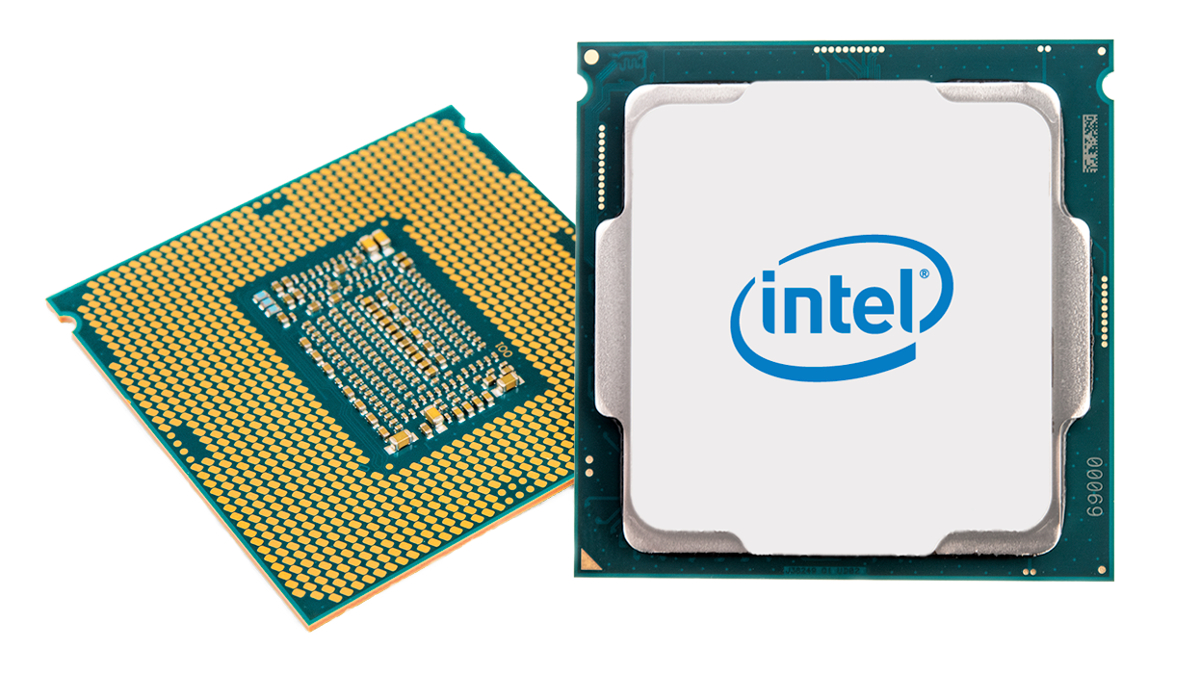Intel’s Coffee Lake makes six-core mainstream

This article is brought to you by Maximum PC magazine. If you’d like to read more articles like this then subscribe to Maximum PC and save an extra 10% off a subscription – it’s also the perfect Christmas gift for any PC fan. Simply use code MPC10.
Subscribe to Maximum PC magazine with an extra 10% off
Coffee Lake is both a significant upgrade to Intel’s mainstream CPU line, and one of the longest delays between meaningful improvements.
If you’re an enthusiast who’s already upgraded to a six-core, 12-thread (6C12T) processor, Coffee Lake might not seem like a big deal. We’ve had such chips since Gulftown on socket LGA1366 in 2010, although pricing was higher than many were willing to pay.
The Core i7-5820K dropped the entry price for six-core, 12-thread chips to $389 in 2014 – basically the same as today’s Core i7-8700K. The problem is that Intel’s mainstream platform, LGA115x, has stuck at four-core, eight-thread since 2009’s first-gen Core i7s. That’s eight years of stagnation, largely because AMD never had a superior product.
Ryzen changed that, and while it doesn’t win every benchmark, the availability of competitive 8C16T chips at prices that undercut Intel’s 4C8T CPUs looks bad, and the 6C12T Ryzen 5 parts cost less than most of Intel’s 4C4T Core i5 parts.
If you’re running workloads that can benefit from more cores/threads, Ryzen has been an easy recommendation since launch. After coasting on the mainstream platform for eight years, Intel has been able to rapidly release more cores and higher performance.
No let-up in sight
Coffee Lake has better per-core performance than Ryzen, and clock speeds that are up to 30% higher. What’s more, unlike the mesh topology used in Skylake-X, Coffee Lake sticks with Intel’s ring bus.
The result is some killer performance, with the Core i7-8700K claiming top marks among 6C12T products.
Sign up for breaking news, reviews, opinion, top tech deals, and more.
Not to be outdone, the Core i5-8400 is a 6C6T part that includes reasonable (3.8-4.0GHz) clocks, and in a large suite of games it matches the performance of a stock Core i7-7700K, at about half the price and two-thirds the power use.
The problem is that Coffee Lake uses the same LGA1151 socket as Skylake and Kaby Lake, except the pin-out has changed, and a new chipset and mobo is required. That’s a low blow, even from Intel, considering Z270 boards aren’t even a year old.
As exciting as 2017 has been, there are indications that 2018 won’t slow down. Rumblings from AMD hint at architectural tweaks enabling better per-core performance and higher clock speeds, and Ryzen 2 (or whatever it’s called) will run in existing AM4 motherboards.
Not to be outdone, Intel could release an 8C16T Coffee Lake chip – alhough that would require a new die. And Intel’s 10nm Cannon Lake chips should finally arrive by the end of 2018, possibly sooner.
Here’s to competition, and more reasons to think about building another PC.

Zak is one of TechRadar's multi-faceted freelance tech journalists. He's written for an absolute plethora of tech publications over the years and has worked for Techradar on and off since 2015. Most famously, Zak led Maximum PC as its Editor-in-Chief from 2020 through to the end of 2021, having worked his way up from Staff Writer. Zak currently writes for Maximum PC, TechRadar, PCGamesN, and Trusted Reviews. He also had a stint working as Corsair's Public Relations Specialist in the UK, which has given him a particularly good insight into the inner workings of larger companies in the industry. He left in 2023, coming back to journalism once more. When he's not building PCs, reviewing hardware, or gaming, you can often find Zak working at his local coffee shop as First Barista, or out in the Wye Valley shooting American Flat Bows.
